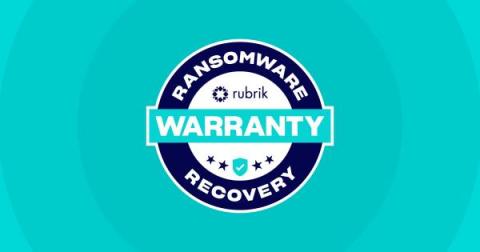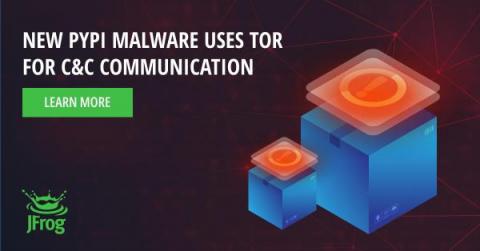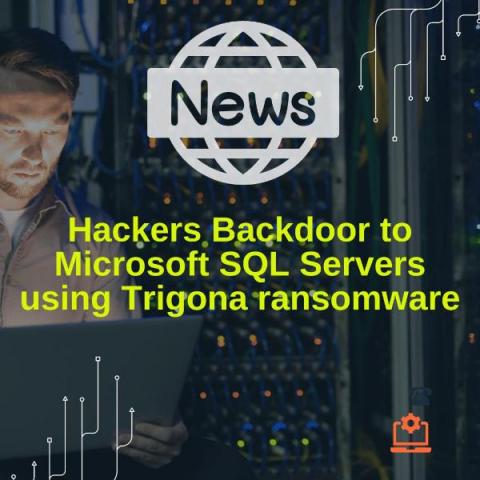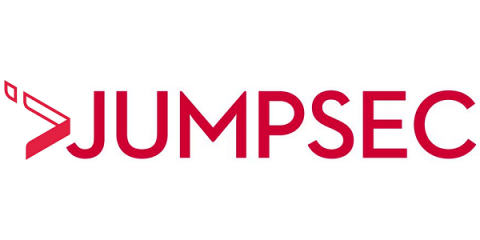Top Mobile App Security Risks: From Risky Behavior to Hidden Malicious Code
In recent years, especially with hybrid work, almost everyone uses an iOS or Android device for work. In fact, in a recent survey, Lookout found that 92% of remote workers use their personal laptops or smartphones for work tasks, with 46% of them having saved files onto their devices. Now that employees expect to be productive from anywhere, organizations across all industries have become more relaxed with allowing the use of personal devices with bring-your-own-device (BYOD) programs.











